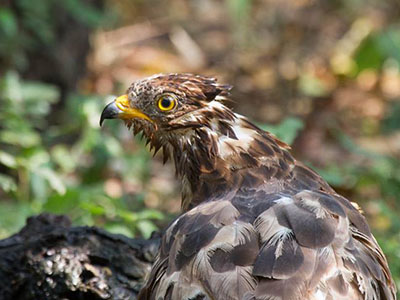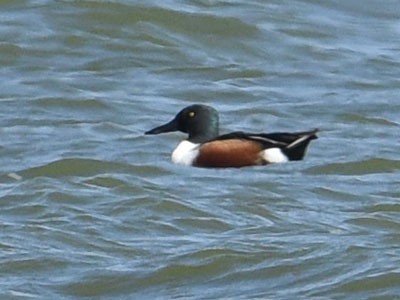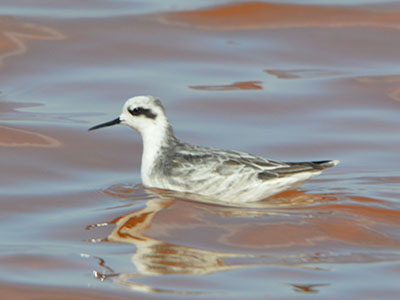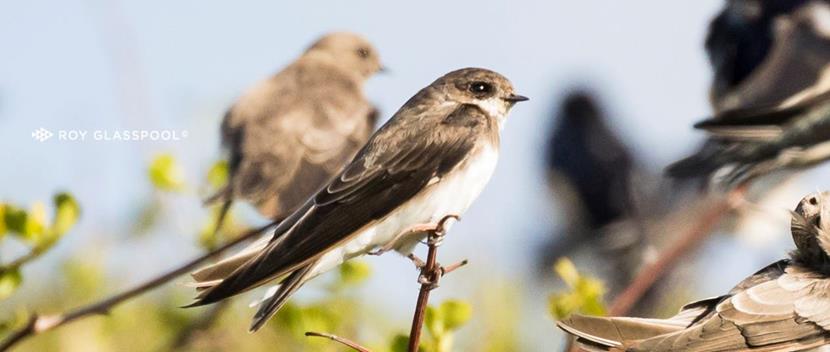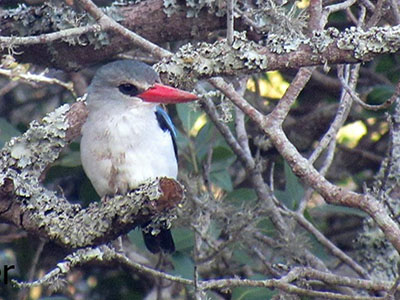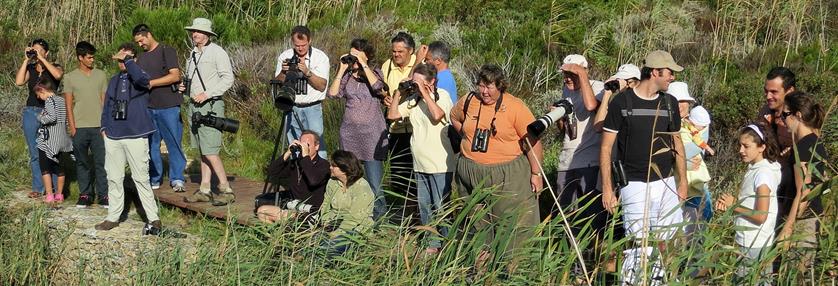SA Rare Bird News Report - 13 April 2017
Trevor Hardaker
| |||
SA Rare Bird News is proud to be associated with the following brands: | |||
|
|
| |
|
|
| |
| |||
This is the Southern African Rare Bird News Report issued at 18h15 on Thursday, 13 April 2017. Information has been gleaned from various websites, email groups as well as from individual observers who have passed on their sightings. This report cannot be taken as being totally comprehensive as it is based only on information made available at the time of writing. All bird sightings reported here are reported in good faith based on information as provided by the observers. Any inaccuracies are totally unintentional and the writer cannot be held liable for these. For those who may have only joined the group recently and are interested in finding out what has been seen in the past, previous reports can be viewed at http://groups.google.co.za/group/sa-rarebirdnews | |||
|
| ||
Let me start off by saying that, since this is a long weekend, there may or may not end up being a formal report going out on Monday evening. It will all just depend on where I am and what I end up doing…J I will, of course, keep the news flowing with alerts and updates as might be necessary. But, for now, let’s start with a handful of scarcities:
EUROPEAN HONEY BUZZARD:
* One just off Beyers Naude Drive in Johannesburg (Gauteng) this morning. * One along the N2 between Riversdale and Heidelberg at -34.103, 21.198 (Western Cape) yesterday. * One in a garden in Sodwana Bay (KZN) yesterday. | |||
|
| ||
|
| ||
European Honey Buzzard in Johannesburg © Ian Thomas | European Honey Buzzard in Sodwana Bay © Patrricia McMurtrie | ||
|
| ||
On to the rest of the news and, starting in the Western Cape, the good news is that the male NORTHERN SHOVELER was still present late yesterday afternoon at Oudebaskraal Dam in the Tanqua Karoo National Park after having done a bit of a disappearing act for a little while. It certainly bodes well for the long weekend twitchers who are planning to head through there, so let’s hope that it continues to play ball.
Just a few extra facts about this species… it winters in quite a large area of sub-Saharan Africa with perhaps the largest numbers reaching East Africa, particularly in Kenya, where thousands arrive during the non-breeding season. Literature that I have consulted suggests that these birds begin their northward journey again mostly from the end of February through to the middle of March with a few stragglers staying into the first week of April. The distance between some of the Rift Valley lakes in Kenya (where large numbers congregate) and the Tanqua Karoo National Park is probably in the order of around 5 000 km. Assuming this bird is averaging 80km/h in flight and flying an average of 8 hours a day (based on facts cited in literature, not my own thumbsucks…), it is probably covering a distance of just over 600km every day. It’s obviously all circumstantial, but a bird that leaves Kenya around the middle of March and mistakenly heads south instead of north, a phenomenon known as “reverse migration”, would probably reach Oudebaskraal Dam around 9 or 10 days later… at the end of March or beginning of April… enough said…😊
Elsewhere in the province, a single RED-NECKED PHALAROPE was still present at Kliphoek Salt Pans in Velddrif earlier today, at least 2 SAND MARTINS were still in the large groups of Barn Swallows at Strandfontein Sewage Works on Tuesday while a research trip aboard the SA Agulhas ll heading through the EEZ on Sunday on their way down to Marion Island reported at least 3 SUBANTARCTIC SHEARWATERS within Southern African waters. | |||
|
| ||
|
| ||
Northern Shoveler at Oudebaskraal Dam © Richard Crawshaw | Red-necked Phalarope at Velddrif © Linda du Plessis | ||
|
| ||
| |||
Sand Martin at Strandfontein Sewage Works © Roy Glasspool | |||
|
| ||
In the Eastern Cape, the MANGROVE KINGFISHER was still present around the Sandbar Floating Restaurant at the mouth of the Bushmans River until at least yesterday . And finally, in Namibia, a delayed record from 26-28 February 2017 has come through of a male WHITE-WINGED WIDOWBIRD which was seen at Canyon Roadhouse in the south of the country at 27°31’25.5”S 17°48’54”E which would be miles out of range for this species. | |||
|
| ||
|
| ||
Mangrove Kingfisher at Bushmans River © David van Groeningen | White-winged Widowbird at Canyon Roadhouse © Hans-Martin Koch | ||
|
| ||
Thank you to all observers who have contributed their records. Please continue to send through any reports of odd birds as well as continued updates on the presence of rarities already previously reported, no matter how mundane you think they may be. Even if you think someone else has probably sent in a report, rather send the report yourself as well. The only way to improve this service and to make it as useful as possible to everyone is if it can be as comprehensive as possible.
Kind regards Trevor -----------------------------------------------------------------------
TREVOR HARDAKER Cape Town, South Africa
Follow our local exploits in the field at: http://hardakerwildlife.wordpress.com/
See our photos and trip reports at:
ZEST for BIRDS Pelagics, rarity photos, listing clubs and more:
SA RARE BIRD NEWS Get the latest rarity news by joining at: http://groups.google.co.za/group/sa-rarebirdnews
SOUTHERN AFRICAN RARITIES Online database of all SA rarities ------------------------------------------------------------- |
| ||
| |||
| |||
| |||
| |||
| |||
| |||
| |||





